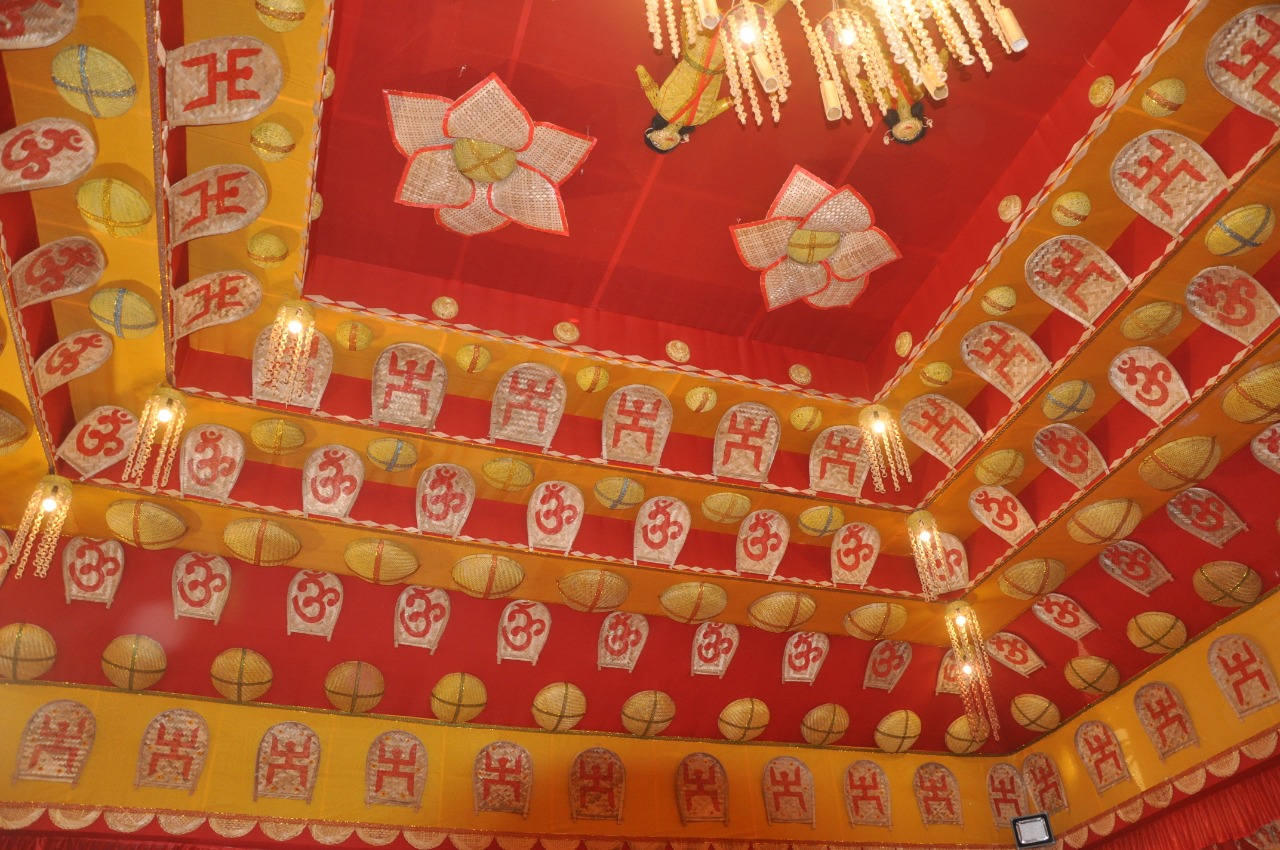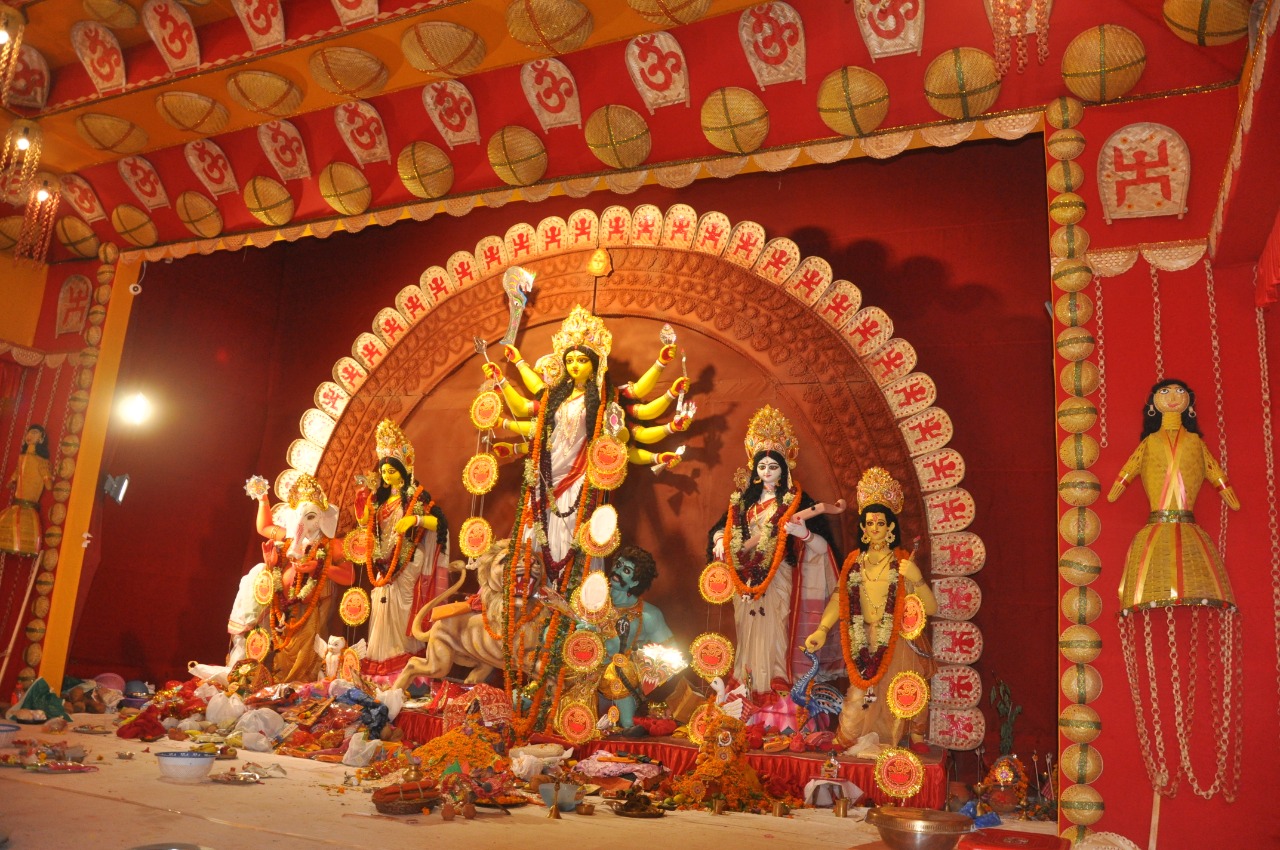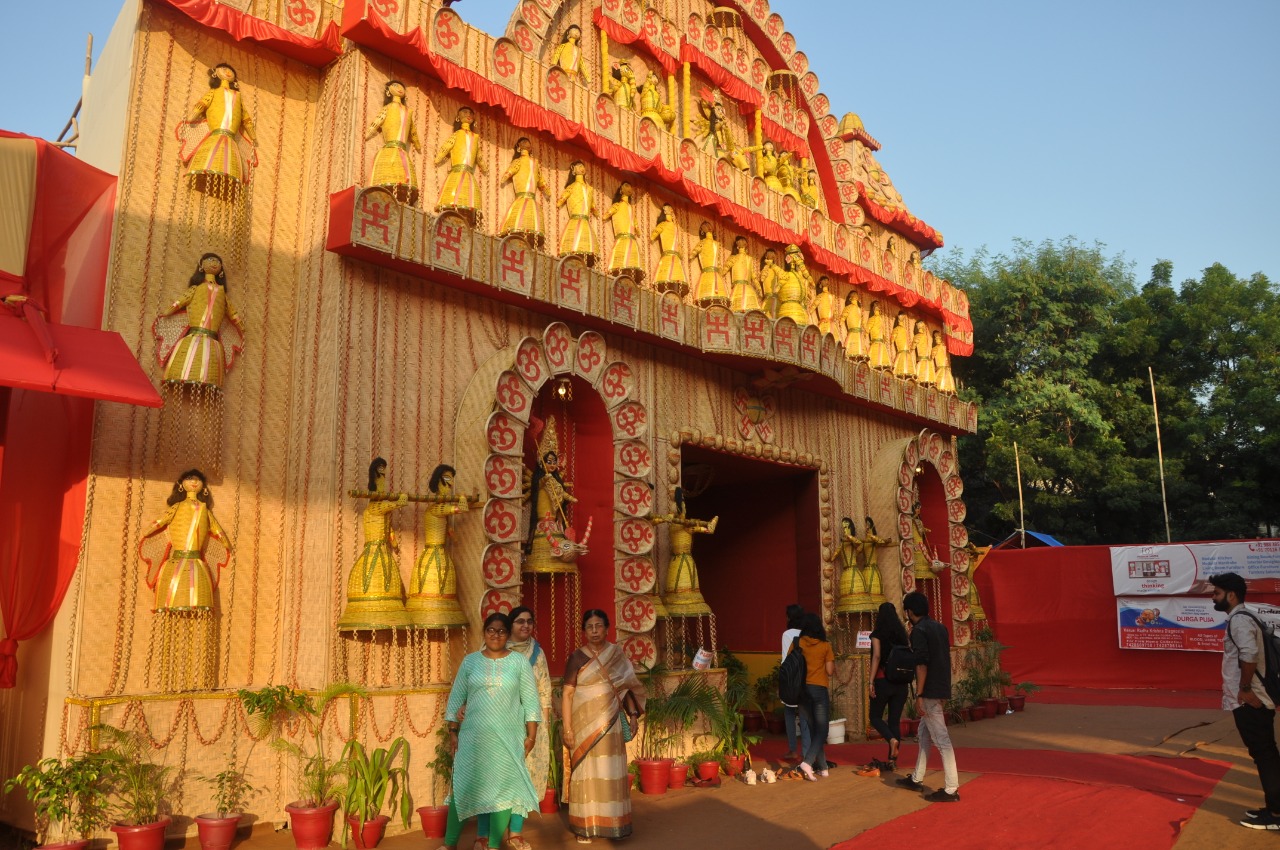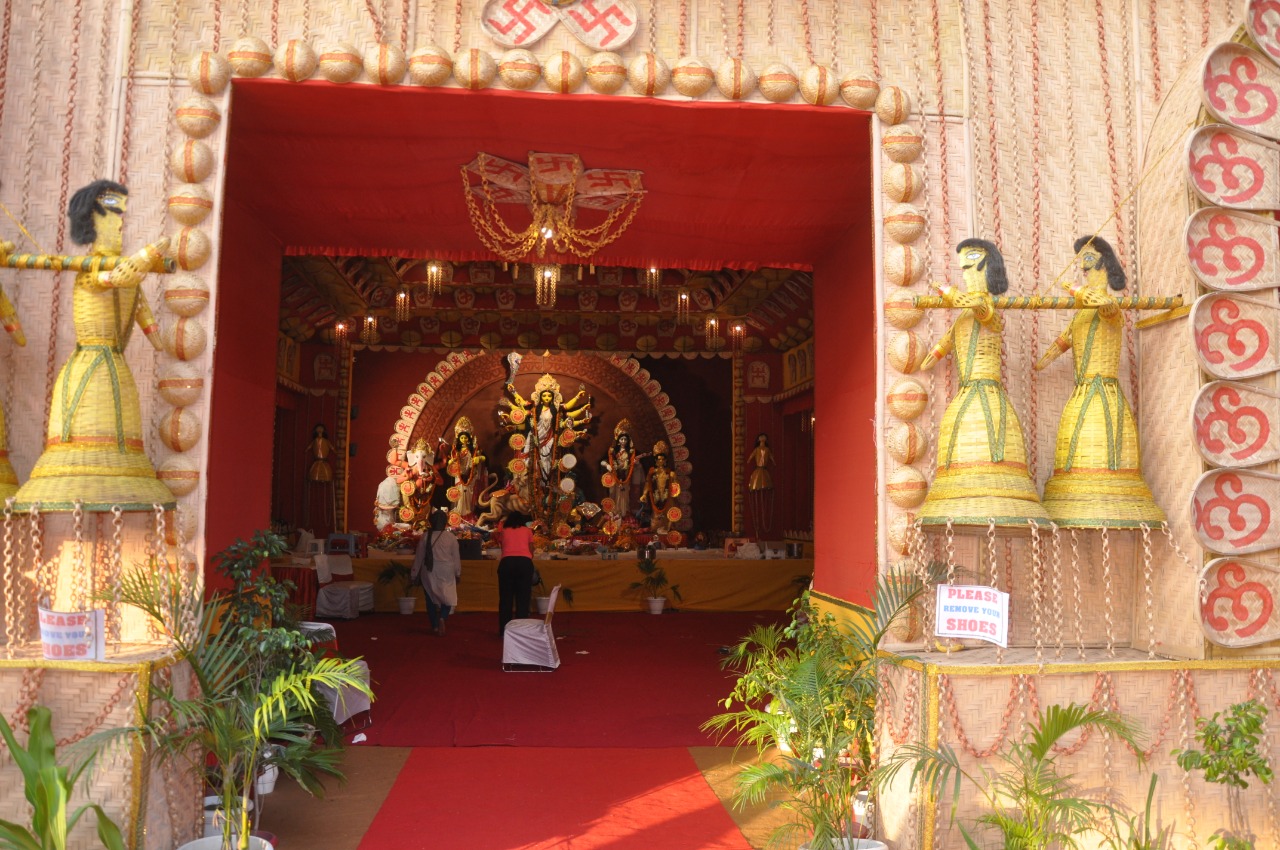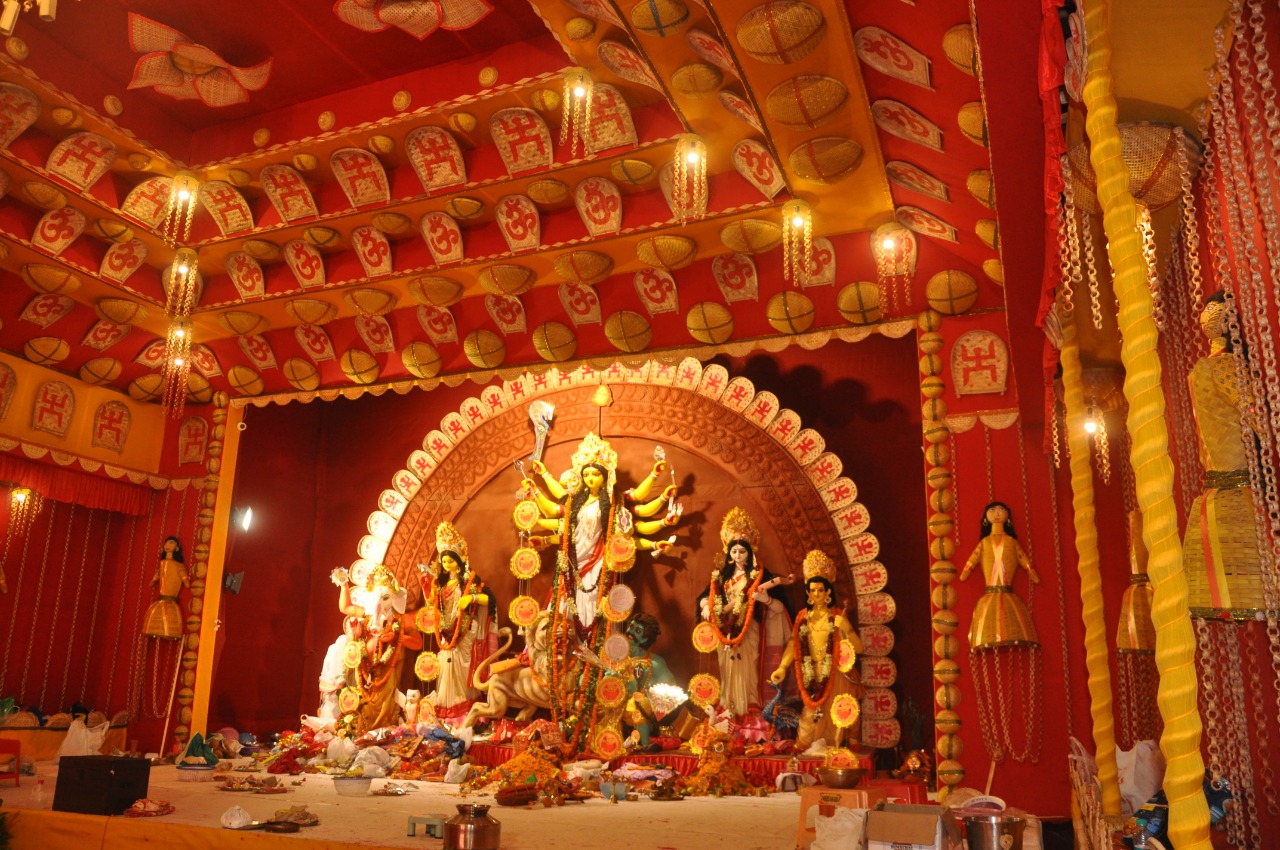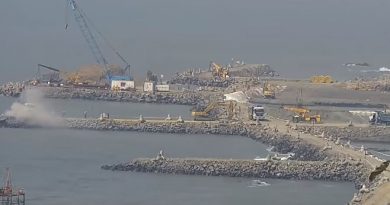Round One of This Festive Season Ends on a Good Note for the Environment
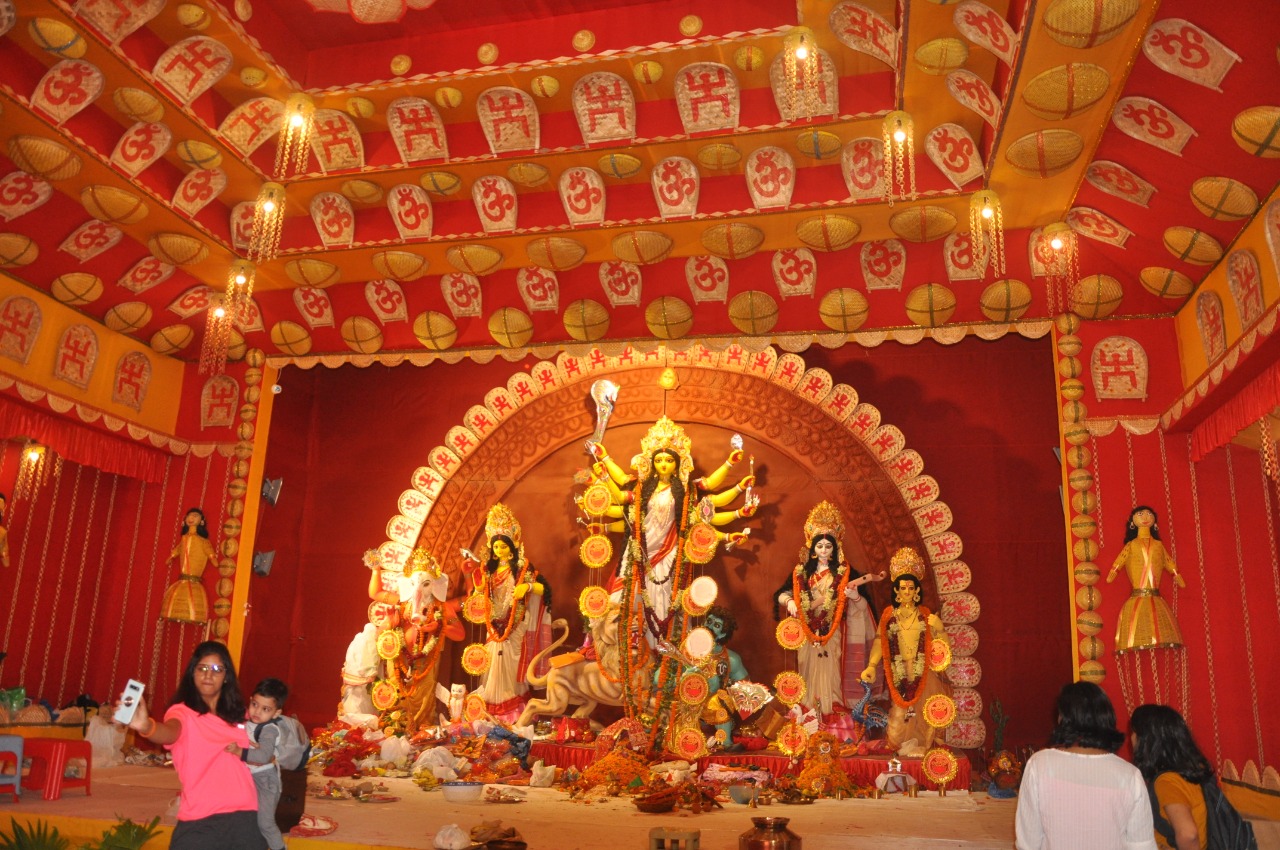 Eco-friendly Durga Puja Pandal in Delhi's Dwarka. Pic: Anirban Roy
Eco-friendly Durga Puja Pandal in Delhi's Dwarka. Pic: Anirban Roy
Round one of this year’s festive season got over in India yesterday with people celebrating the festivals of Navratri, Durga Puja and Dussehra with much gusto and this year, with a clean conscience.
With increased awareness about tackling multi-pronged pollution, strict enforcement and an appeal by Prime Minister Narendra Modi to go green by shunning the use of single-use plastic, the gods were celebrated and worshipped in many eco-spiritual ways.
Like using clay to make the idols and not plaster of Paris, shunning the use of thermocol and lead-based paints for decoration and instead, using traditional everyday use household items made from natural materials or even recycled objects to adopting ‘pattal’ or paper plates for distributing food.
Strict guidelines and stiff penalties did play their part in ensuring a much clean festivities this year with Durga Puja pandals adopting back-to-basics methods of idol making, decorating the pandals or ensuring plastic-free puja functions. Bhandara organisers, who distribute free food during the nine days of Navratri, too joined in for the cause by not using plastic or styrofoam cutlery.
Some puja organisers were so die-hard in their approach that one pandal in Bengal was made of small trees, vegetable plants and seasonal flowering plants. Such was the zeal that the planning for the making began 6 months in advance, according to a post on the Facebook page of the organisers.
Pandals in Bengal are known for their craftsmanship but this pandal in Egra in the state’s East Midnapore district certainly won our heart. The effort and the enthusiasm for such an innovative idea in spreading the message of sustainability is indeed heartwarming.
Many other puja pandals enforced a strict ‘No Plastic’ rule inside their premises and even ensured recycling of the flowers used for the rituals. This surely encouraged many to follow but the sight of styrofoam plates, plastic spoons and single-use plastic wrappers of ice creams and chocolates could still be seen littered outside the pandals.
The spirit of safeguarding and doing good for the environment was also on display during the 9-day auspicious Navratri period. Many organisations and organisers of Garba and Dandiya went the extra mile in encouraging and adopting eco-friendly ways of celebrating Navratri this year.
Garbas and Dandiya sticks were made of paper and other environment-friendly material, encouraging the participants to carry home the message of doing good while having fun.
#LifeTrustIndia taught the kids at balwadis eco-friendly dandiya sticks with colorful craft papers. They had fun while playing #Garba with these dandiyas. On the occasion of #Navratri, they beautifully painted #MaaDurga#NGO #LifeTrust #ecofriendly #school #education #children pic.twitter.com/Dud61nR6Xq
— The Life Foundation (@LifeTrustNGO) October 11, 2018
Eco friendly garba made by me…Garba is totally made of paper… pic.twitter.com/MC4Sj9IeAY
— Surbhi Kishore Mehta (@SurbhiKishore) September 25, 2019
And the spirit of enterprise fused with the spirit of sustainability with staff in many offices celebrating Navratri the eco-friendly way. Workers typically wear traditional wear to the office during festival days but this year, many went the extra mile by doing things the eco-friendly way too.
Dhol, Dhamaka & Dandiya…
Music, Masti & Mithai…
4PEL across offices decided to bring #festive cheer into the workplace with #ecofriendly decoration, & it was a blast!
From our 4PEL #family to yours – we wish you love, laughter and joy this festive season.#Sustainability pic.twitter.com/1jadnSs3QR— FourthPartnerEnergy (@4PEL_Energy) October 6, 2019
And then there was the strict dictum this year for immersion of idols in makeshift ponds and water bodies and not in rivers. The National Mission for Clean Ganga too had issued a directive imposing a fine of Rs 50,000 for idol immersion in river Ganga, its tributaries and on their banks.
In a first for Delhi, no idol was immersed in the river Yamuna this year as Delhi government had issued strict guidelines and created temporary water bodies for immersion, moving organisers away from immersing idols in the river.
#DurgaPuja: Delhi’s mini Bengal – Chittaranjan Park bids adieu to goddess Durga in an eco-friendly way, opts for idol immersion in artificial ponds#BanegaSwasthIndia #SwachhIndiahttps://t.co/HL7iWe5CeJ pic.twitter.com/h1kBBQ15CI
— Banega Swasth India (@banegaswasthind) October 8, 2019
Many puja pandals in Delhi made arrangements for immersion within their premises and this surely left a much cleaner Yamuna passing through Delhi. But then, attempts were made to break the rules and even dump puja material into the river from Delhi’s many bridges over the Yamuna.
Delhi: Despite ban on immersion, puja material and plastic bags seen around Yamuna ghat in Kalindi Kunj, a day after #Dusshera #DurgaPuja pic.twitter.com/BY5DfXTIe6
— ANI (@ANI) October 9, 2019
Overall, it was encouraging to see the enthusiasm for celebrating India’s rich, plural culture the environment-friendly, sustainable and traditional way. The young were the hawks helping in enforcing, the old were the enablers and the devotees were happy to have celebrated round one of this festival season the eco-spiritual way, the clean way, the right way.
Now we wait for round two: a.k.a Diwali, the festival of lights. With Delhi’s air quality becoming poor by late evening yesterday after the burning of effigies of Ravana and his brothers on Dussehra day, the signs are not encouraging of a clean Diwali twenty days after Dussehra.
Ravana’s farewell gift: A heavy dose of pollution for Delhi pic.twitter.com/Kq4Kse6XgJ
— Rahul Sabharwal (@rubberneckin) October 9, 2019
India’s top court has made strict guidelines for Diwali, cracking down on the duration of bursting firecrackers, type and the sound level of the crackers that will be made available for sale but in a vast country like India, the demand is much much more than the supply of the so-called ‘green crackers’.
And going by the celebrations seen so far this festival season, this Diwali will be a hell of a challenge for federal, state and law enforcement authorities to ensure even some semblance of an environment-friendly and sustainable Diwali.
We hope that some enthusiasm from round one moves forward to round two in celebrating a festival the sustainable way with much bonhomie, gusto and spiritual fervour.

